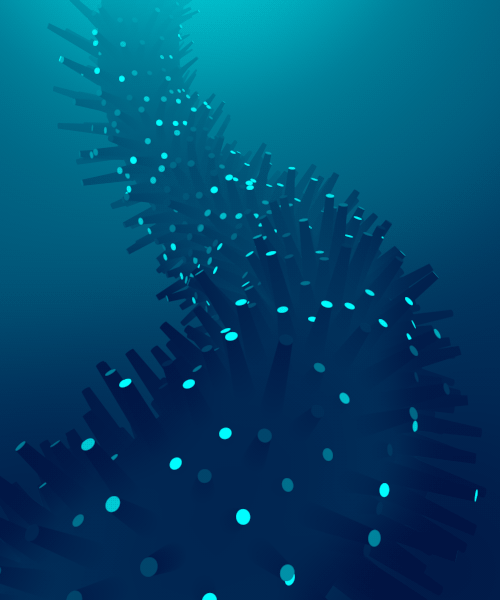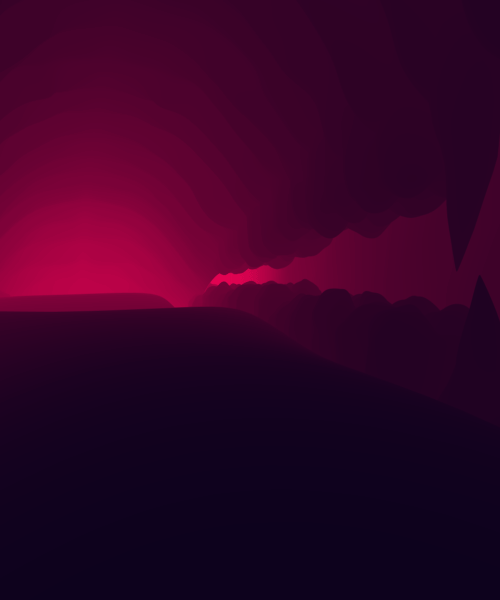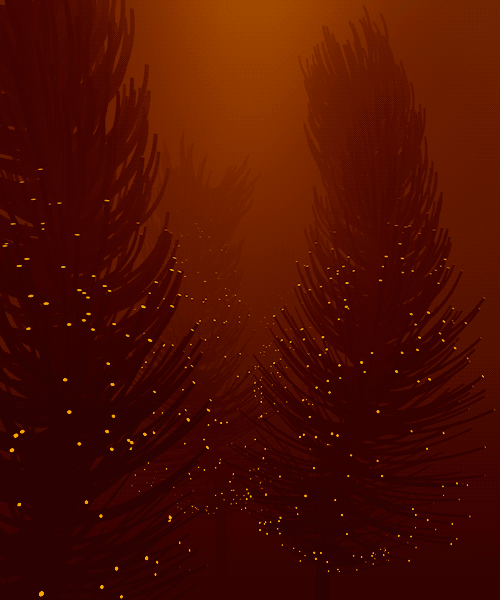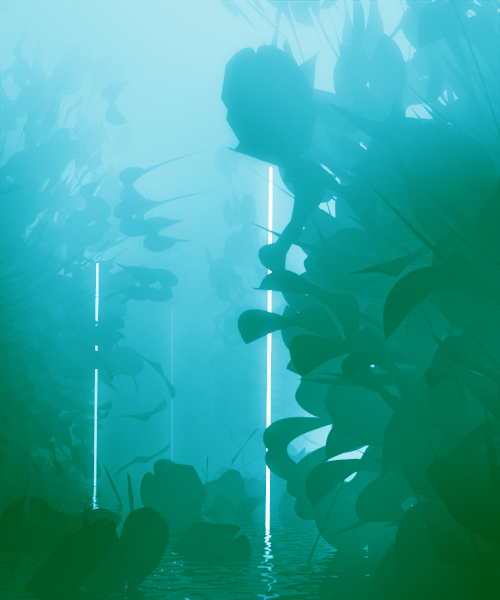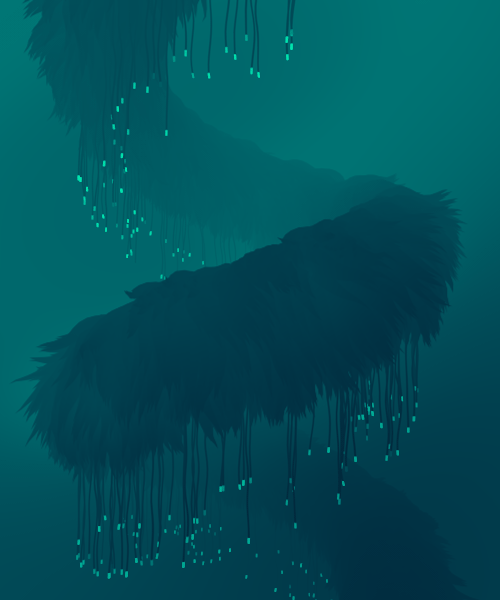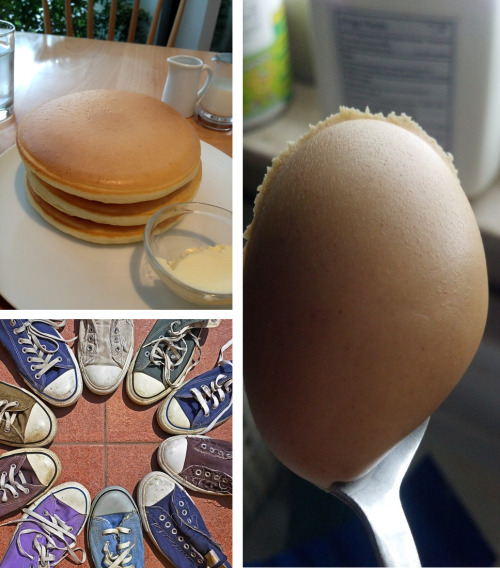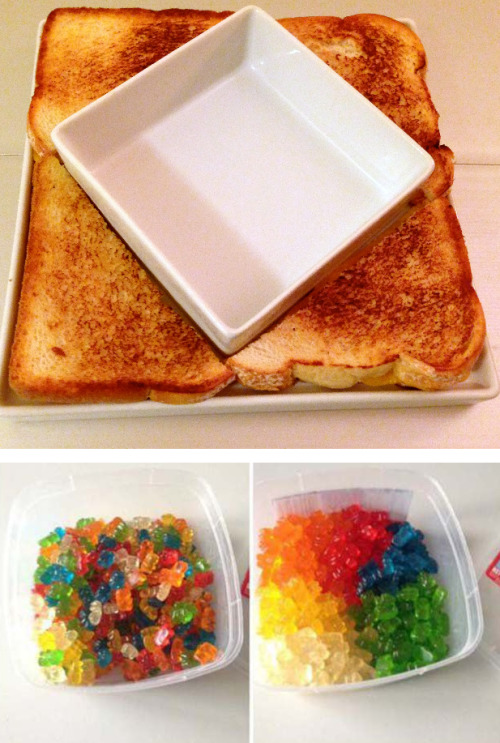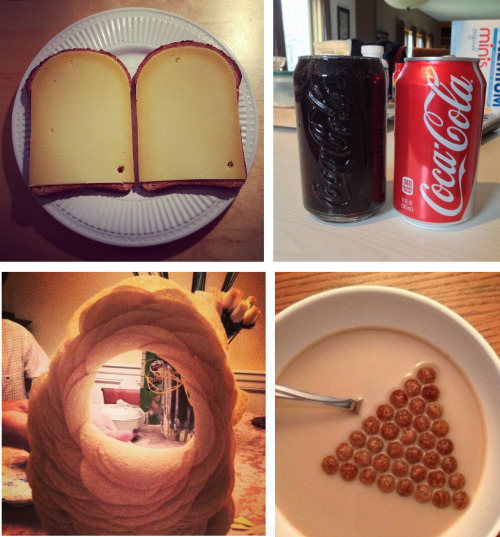We Take For Granted That Drops Which Impact A Solid Surface Will Splash, But, In Fact, Drops Only Splash

We take for granted that drops which impact a solid surface will splash, but, in fact, drops only splash when the surrounding air pressure is high enough. When the air pressure is low enough, drops simply impact and spread, regardless of the fluid, drop height, or surface roughness. Why this is and what role the surrounding air plays remains unclear. Here researchers visualize the air flow around a droplet impact. In (a) we see the approaching drop and the air it pulls with it. Upon impact in (b) and © the drop spreads and flattens while a crown of air rises in its wake. The drop’s spread initiates a vortex ring that is pinned to the drop’s edge. In later times (d)-(f) the vortex ring detaches from the drop and rolls up. (Photo credit: I. Bischofberger et al.)
More Posts from Secretagentpeptidebond and Others

‘BLOOD LAMP’ Mike Thompson, an artist based in Amsterdam, wanted to design a piece that forced people to think about the cost of the power they use. So he made a lamp lit with the user’s blood. His “Blood Lamp” glows thanks to a reaction with luminol, a molecule used in police forensics that gives off electric blue light when exposed to an iron-rich protein in blood called hemoglobin. Iron atoms catalyze the oxidation of luminol, creating a high-energy, unstable peroxide molecule that releases energy as blue light as it relaxes to its low-energy ground state. After the user adds blood and the reaction consumes all of the luminol, the light fades, and the lamp can never be used again.
Credit: Mike Thompson
Related C&EN Content:
Counting CD4+ T Cells By Chemiluminescence
Plane To See


It’s not technically science but I’m pretty proud of our creation. Behold, the Periodic Table of Cookies! (Bell peppers for obscuring identifying info.)
Learn Everything You Need To Know About Chemicals In Your Food in 4 Easy Steps!
Step One
Obtain High School level Chemistry textbook.

Step Two
Open the book to chapter one, section one.

Step Three
Locate and identify the goals of chapter one: basic definition of chemistry.

Step Four
Discover that EVERYTHING IS MADE OF CHEMICALS.

Whew. That was pretty scary, wasn’t it? Education is hard. Learning about scary chemicals is a big adventure. But aren’t you glad you pulled through? I’m glad we had this talk.
Video Clip SS241672 (Dendritic Ice Crystal Growth)
Macro timelapse footage of Dendritic Ice Crystals Growing.
At sub zero temperatures, moisture from the surrounding atmosphere condenses almost immediately. The dendritic (tree-like) form of the crystallization is a natural fractal pattern.
As a rule, except in conditions where supercooled droplets are present in the air, frost will form only if the deposition surface is colder than the surrounding air. For instance frost may be observed around cracks in cold wooden sidewalks when humid air escapes from the warmer ground beneath. Other objects on which frost commonly forms are those with low specific heat or high thermal emissivity, such as blackened metals; hence the accumulation of frost on the heads of rusty nails.
© Francis Chee / Science Source

The Wolf Among Us
-
 dis-tor-tions liked this · 4 years ago
dis-tor-tions liked this · 4 years ago -
 absolutelyaesir liked this · 8 years ago
absolutelyaesir liked this · 8 years ago -
 kamatayanlogo liked this · 9 years ago
kamatayanlogo liked this · 9 years ago -
 secretagentpeptidebond reblogged this · 9 years ago
secretagentpeptidebond reblogged this · 9 years ago -
 24-7-tech-blog reblogged this · 9 years ago
24-7-tech-blog reblogged this · 9 years ago -
 supernatasha liked this · 9 years ago
supernatasha liked this · 9 years ago -
 cahootings reblogged this · 9 years ago
cahootings reblogged this · 9 years ago -
 rominatrix liked this · 9 years ago
rominatrix liked this · 9 years ago -
 shapes-patterns-what reblogged this · 11 years ago
shapes-patterns-what reblogged this · 11 years ago -
 iatriki liked this · 11 years ago
iatriki liked this · 11 years ago -
 myszkin reblogged this · 11 years ago
myszkin reblogged this · 11 years ago -
 dndeactivated liked this · 11 years ago
dndeactivated liked this · 11 years ago -
 fennetic liked this · 11 years ago
fennetic liked this · 11 years ago -
 nthnull liked this · 11 years ago
nthnull liked this · 11 years ago -
 peterpositron-blog reblogged this · 11 years ago
peterpositron-blog reblogged this · 11 years ago -
 a-real-life-bat reblogged this · 11 years ago
a-real-life-bat reblogged this · 11 years ago -
 fromstarstostarfish liked this · 11 years ago
fromstarstostarfish liked this · 11 years ago -
 spookystovetop liked this · 11 years ago
spookystovetop liked this · 11 years ago -
 illwatch reblogged this · 11 years ago
illwatch reblogged this · 11 years ago -
 lifesbackwardandforward liked this · 11 years ago
lifesbackwardandforward liked this · 11 years ago -
 foreverskptical reblogged this · 11 years ago
foreverskptical reblogged this · 11 years ago -
 y02mustang reblogged this · 11 years ago
y02mustang reblogged this · 11 years ago -
 y02mustang liked this · 11 years ago
y02mustang liked this · 11 years ago -
 trablue reblogged this · 11 years ago
trablue reblogged this · 11 years ago -
 aiaddinlovesbass reblogged this · 11 years ago
aiaddinlovesbass reblogged this · 11 years ago -
 kammartinez reblogged this · 11 years ago
kammartinez reblogged this · 11 years ago -
 ucancmysox reblogged this · 11 years ago
ucancmysox reblogged this · 11 years ago -
 itscompletlywantitlookslike liked this · 11 years ago
itscompletlywantitlookslike liked this · 11 years ago -
 rottenkiwi reblogged this · 11 years ago
rottenkiwi reblogged this · 11 years ago -
 sueanoi liked this · 11 years ago
sueanoi liked this · 11 years ago -
 wynnmiyabi liked this · 11 years ago
wynnmiyabi liked this · 11 years ago -
 erin-louise liked this · 11 years ago
erin-louise liked this · 11 years ago -
 asmalltauhuey reblogged this · 11 years ago
asmalltauhuey reblogged this · 11 years ago -
 n1bi reblogged this · 11 years ago
n1bi reblogged this · 11 years ago -
 n1bi liked this · 11 years ago
n1bi liked this · 11 years ago









